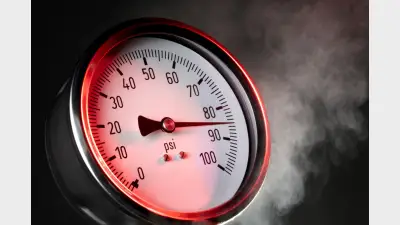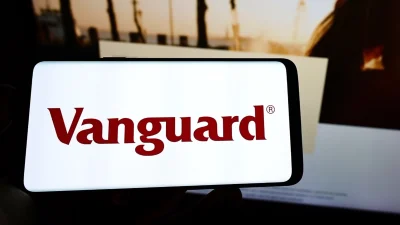Which funds contain exposure to Chinese property?



Property has been in the spotlight this week with the potential collapse of Chinese property developer, Evergrande, and investors are worried about any fallout to global markets.
There were fears for what this could mean for the property market and the Chinese economy and whether the contagion would affect the global markets in the same way as the Global Financial Crisis.
However, commentators agreed it would be unlikely to be a systemic issue and fallout could be avoided if the Chinese government acted quickly to contain the problem.
But were there any funds in the Australian Core Strategies universe (ACS) which could be affected by any fallout through their Asian property exposure?
According to FE Analytics, there was only two property funds within the Australian Core Strategies (ACS) universe which had direct exposure to China. However, neither directly had exposure to Evergrande within their largest holdings.
This was APN Asian REIT which had 5% allocated to China, according to its September factsheet, and allocated in a quality portfolio of Asian real estate investment trusts to deliver capital growth.
This had returned 20.6% over one year to 31 August compared to ACS global property sector returns of 25.4%.
The second fund with a China allocation was Legg Mason Martin Currie Global Real Income which had a 3.4% weighting to China.
Meanwhile, IOOF Strategic Global Property had 3.9% to countries in the ‘Pacific Rim’ and 0.3% to ‘Emerging Asia’ while Russell International Property Securities had 7.3% to Asia Pacific ex Japan.
The best-performing of the four funds was Russell International Property Securities Hedged which had returned 32.9% followed by IOOF Strategic Global Property which had returned 32.6%. Legg Mason Martin Currie Global Real Income had returned 17.1%.
Performance versus sector over one year to 31 August 2021
Over 10 years, the best-performing fund was APN Asian REIT which had returned 236% compared to returns of 145% by the global property sector. IOOF had returned 212% while Russell had returned 153%. The Legg Mason fund did not have a long enough track record, having only been launched in July 2020.
Performance versus sector over 10 years to 31 August 2021
Recommended for you
Natixis Investment Managers has hired a distribution director to specifically focus on the firm’s work with research firms and consultants.
The use of total portfolio approaches by asset allocators is putting pressure on fund managers with outperformance being “no longer sufficient” when it comes to fund development.
With evergreen funds being used by financial advisers for their liquidity benefits, Harbourvest is forecasting they are set to grow by around 20 per cent a year to surpass US$1 trillion by 2029.
Total monthly ETF inflows declined by 28 per cent from highs in November with Vanguard’s $21bn Australian Shares ETF faring worst in outflows.











